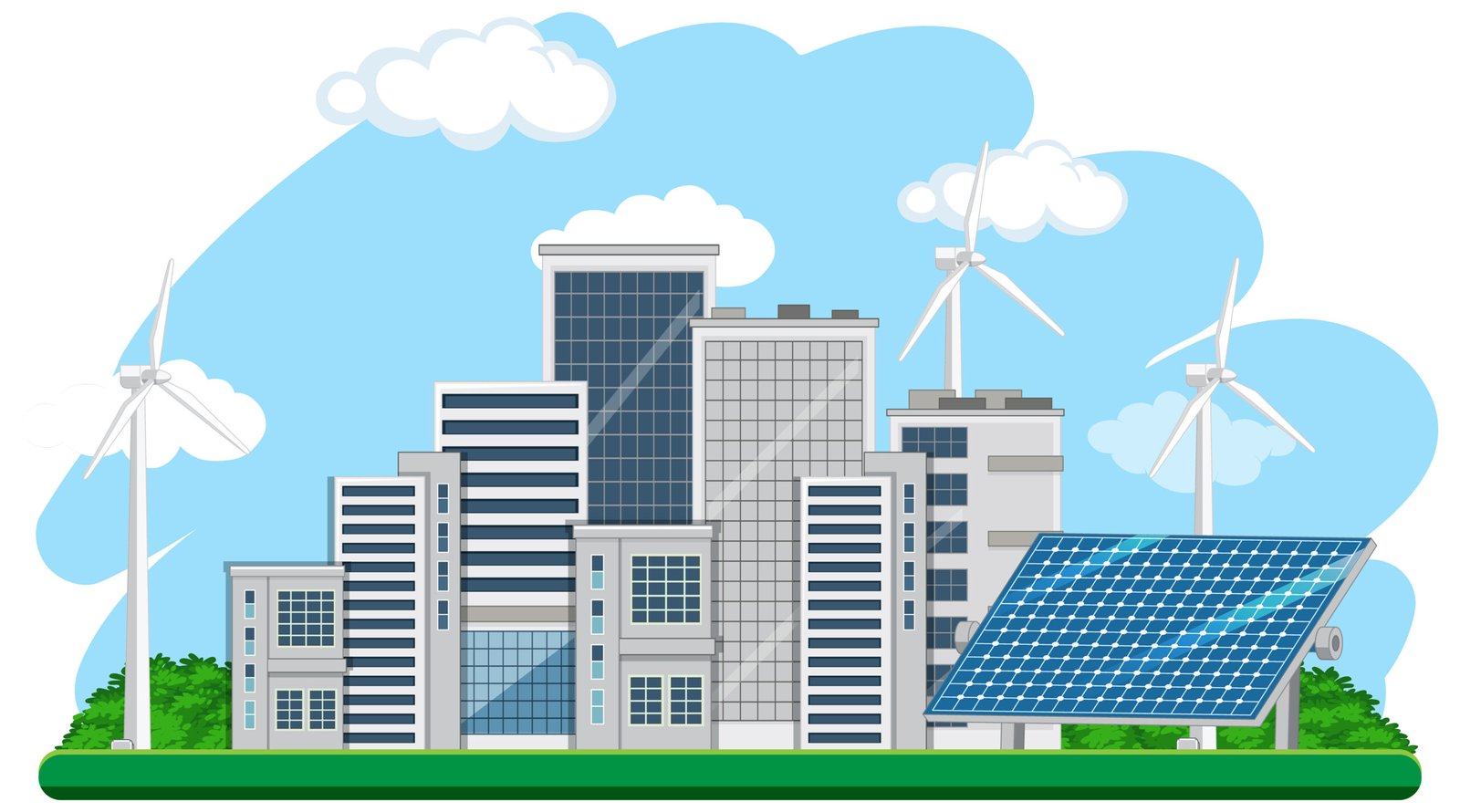Solar Power in Rural vs. Urban Texas: Which is More Beneficial?
As the demand for renewable energy sources continues to rise, Texas has become a focal point for solar energy adoption. With its vast land and sunny climate, the Lone Star State offers ideal conditions for solar power generation. However, the benefits and challenges of solar energy in Texas can vary significantly between rural and urban areas. This article explores the unique advantages and considerations of solar power in both settings.
Solar Power in Rural Texas
Advantages
1. Ample Space for Solar Arrays
Rural Texas boasts vast expanses of open land, which can be a significant advantage for solar power generation. The availability of large, unobstructed spaces allows for the installation of extensive solar arrays, which can generate substantial amounts of electricity. In rural areas, homeowners and farmers have the opportunity to utilize underutilized land for solar farms, contributing to the overall energy grid and potentially generating income through energy credits.
2. Cost Savings
One of the primary benefits of solar energy in Texas is the potential for significant cost savings. Rural residents often experience higher energy costs due to the distances electricity must travel from power plants to their homes. By installing solar panels, rural Texans can reduce their reliance on the grid, lower their energy bills, and gain greater energy independence.
3. Fewer Zoning Restrictions
Rural areas often face fewer zoning restrictions and less shading from buildings or trees, making it easier to optimize solar panel placement for maximum sunlight exposure. This flexibility can enhance the efficiency and effectiveness of solar installations.
Challenges
1. Initial Installation Costs
The initial cost of solar panel installation can be a barrier for many rural homeowners, even though federal and state incentives can help offset these costs. The upfront investment required can be substantial, and while the long-term savings are significant, the initial financial hurdle can deter some residents.
2. Limited Access to Installers
Access to qualified solar installers may be limited in remote areas, making it essential to seek out reputable companies that serve rural regions. This can sometimes result in higher installation costs or delays in getting the system up and running.
3. Maintenance and Repairs
Maintenance and repairs can also be more challenging in rural areas. The distance from service providers can lead to longer response times and potentially higher costs for servicing solar systems.
Solar Power in Urban Texas
Advantages
1. Rooftop Installations
Urban areas in Texas, such as Austin and San Antonio, present unique opportunities for solar power adoption. In cities, the high density of buildings and rooftops provides ample space for residential and commercial solar panel installations. Urban residents can benefit from the convenience of having solar installers near me readily available, ensuring professional and timely installation services.
2. Community Solar Programs
One significant advantage of urban solar power is the potential for community solar programs. These initiatives allow multiple participants to benefit from a single solar array, making it accessible for renters and those with shaded or unsuitable roofs. Community solar programs can democratize access to solar energy, ensuring that even those who cannot install panels on their properties can still participate in and benefit from solar power.
3. Energy Resilience
Urban solar installations can also contribute to local energy resilience, reducing the strain on the grid during peak demand times and providing backup power in case of outages. This can be particularly valuable in densely populated areas where energy demand is high, and the impact of power outages can be more pronounced.
Challenges
1. Space Constraints and Shading
Urban environments come with their own set of challenges. Space constraints and shading from tall buildings can limit the effectiveness of solar panels. Ensuring that panels receive adequate sunlight can be more complex in a crowded cityscape.
2. Permitting and Regulations
The permitting process in cities can be more complex and time-consuming compared to rural areas. Urban areas often have stricter building codes and regulations, which can add to the time and cost of installing solar panels.
3. Higher Installation Costs
Installation costs in urban areas can be higher due to the complexity of working in densely populated areas and the potential need for specialized equipment or techniques to deal with space limitations and other urban-specific issues.
Comparative Analysis: Rural vs. Urban Solar Power
Cost Considerations
While both rural and urban areas can benefit from cost savings over time, the initial investment and ongoing costs can vary. Rural installations might have higher initial costs due to the need for larger systems and potential logistical challenges, but they can also benefit from significant savings on electricity bills. Urban installations might face higher installation costs due to regulatory and logistical challenges, but the availability of community solar programs can offset some of these expenses.
Environmental Impact
Both rural and urban solar installations contribute positively to the environment by reducing reliance on fossil fuels and lowering greenhouse gas emissions. However, the impact can be more pronounced in urban areas where energy demand is higher, and the potential for reducing strain on the grid is greater.
Energy Independence
Energy independence is a key advantage in both settings. Rural residents can achieve greater energy independence by generating their power and reducing reliance on distant power plants. Urban residents, through rooftop installations and community solar programs, can also gain energy independence, contributing to greater overall energy security for the city.
Economic Opportunities
In rural areas, solar farms can provide additional income for landowners and create jobs in solar installation and maintenance. Urban areas can benefit economically through the creation of green jobs, increased property values for solar-equipped buildings, and potential savings on municipal energy costs through city-wide solar initiatives.
Conclusion
Both rural and urban areas in Texas offer distinct advantages for solar power adoption. Rural Texas benefits from ample space and fewer zoning restrictions, while urban Texas leverages rooftop installations and community solar programs. Each setting comes with its own set of challenges, including initial costs and logistical hurdles, but the long-term benefits of solar energy are substantial in both environments.
Whether you’re a rural homeowner looking to utilize open land or an urban resident seeking energy independence, solar energy in Texas provides a viable and sustainable solution. By understanding the unique benefits and challenges of each setting, you can make an informed decision about embracing solar power for your home or business. To learn more about the opportunities available, visit Freedom Solar’s solar energy in Texas page for comprehensive information and expert guidance.



















